Morphology of the Folktale
American Folklore Society Bibliographical and Special Series
Volume 9/Revised Edition/1968
Indiana University Research Center in Anthropology, Folklore, and Linguistics
Publication 10/Revised Edition/1968
Morphology of the Folktale
by
V. Propp
First Edition Translated by Laurence Scott with an Introduction by Svatava Pirkova-Jakobson
Second Edition Revised and Edited with a Preface by Louis A. Wagner/New Introduction by Alan Dundes

International Standard Book Number 978-0-292-78376-8
Library of Congress Catalog Card Number 68-65567
Copyright 1968 by the American Folklore Society
and Indiana University
All rights reserved
Printed in the United States of America
Twentieth paperback printing, 2009
Requests for permission to reproduce material from this
work should be sent to:
Permissions
University of Texas Press
P.O. Box 7819
Austin, TX 78713-7819
www.utexas.edu/utpress/about/bpermission.html
 The paper used in this book meets the minimum requirements of ANSI/NISO Z39.48-1992 (R1997) (Permanence of Paper).
The paper used in this book meets the minimum requirements of ANSI/NISO Z39.48-1992 (R1997) (Permanence of Paper).
PREFACE TO THE SECOND EDITION
THE PREPARATION of this second English edition of Vladimir Propps Morphology of the Folktale had two major objectives. The first was to make some changes in the text of the first edition for the sake of completeness and uniformity. In this regard, note should be taken of one general convention adopted for the present edition: the expression narnaja skzka has been rendered as folktale, volbnaja skzka as fairy tale, and the words skzka (noun), skzonyj (adjective) simply as tale. The chief departure from this practice is in regard to the title itself (Morfolgija skzki), since a change here might have led to undue confusion. The morphology presented by the author is, of course, a morphology of the fairy tale specifically, and he is careful to make note of this fact in the Foreword and in . Thus the title of the work is, unfortunately, somewhat unclear. It is evident from the text that the unqualified word skzka is used by Propp both in the sense of tale in general and in the sense of fairy tale, depending upon context. The reader must infer the appropriate meaning in each instance.
The second major objective was to update the authors numerical references to tales contained in the collection Nardnye rsskie skzki by A. N. Afansev, so that they would correspond to the sequential enumeration of texts which was adopted for the fifth (1936-1940) and sixth (1957) editions of that fundamental work. Propps basic corpus of material, tales numbered 50 to 151 in the earlier editions (with letters designating similar texts, e.g. 140a, b, c, etc.) and cited by him, are consequently numbered 93 to 270 in the last two editions of Afansev and in the present works. A list of pertinent correspondences between the newer and older numbers is provided in .
The updating of the numerical references, however, required that many of them be checked against the tales themselves, as the original text of Morfolgija skzki contains a number of obvious misprints and other inconsistencies, especially in regard to the citation of these references and to the use of symbols in the schemes and elsewhere. Therefore, in an attempt to make the present edition as useful as possible, a systematic check of all textual references relating to the tales themselves was undertaken, and those numbers found to be in error were corrected. Every instance of correction is described in a footnote.
The checking of references incidentally revealed other inconsistencies or, at any rate, instances of careless phrasing in the utilization of these references by the author. However, no attempt at emendation was made in such cases; rather, they also are described in footnotes, generally accompanied by inclusion of the original text. It should be noted that the checking of references did not include those made by the author in his own footnotesthey are reproduced essentially as presented.
The few minor changes which were felt necessary, apart from those described, are appropriately indicated. One feature of the original work has not been preserved: a number of chapters are headed by quotations from Goethe, and these have been dropped as nonessential.
I wish to thank Frank Ingram and Stephen Soudakoff of Indiana University for their careful comparison of the original text with my revised translation, which resulted in many emendations and helpful suggestions.
Indiana University
1968
LOUIS A. WAGNER
INTRODUCTION TO THE SECOND EDITION
SINCE THE APPEARANCE of the English translation of Vladimir Propps Morphology of the Folktale in 1958, there has been an ever increasing interest in attempting structural analyses of various folklore genres. In view of the enormous impact Propps study has had on folklorists, linguists, anthropologists, and literary critics, one can only regret that there was a thirty-year time lag between Propps completion of the Morphology in 1928 and the time that most European and American scholars read it.
The stimulating effect of Propps seminal ideas is indicated in part by the number of studies it has inspired (Lvi-Strauss 1960, Dundes 1962a, 1964b, Bremond 1964, Greimas 1966b: 172-221). To be sure, some of the studies are critical (cf. Taylor 1964), but from the criticism has come even more insight (e.g., Fischer 1963:288-289). Even though the flurry of activity initiated by the publication of Propps Morphology has really barely begun, some preliminary comments may be made.
First of all, there seem to be at least two distinct types of structural analysis in folklore. One is the type of which Propps Morphology is the exemplar par excellence. In this type, the structure or formal organization of a folkloristic text is described following the chronological order of the linear sequence of elements in the text as reported from an informant. Thus if a tale consists of elements A to Z, the structure of the tale is delineated in terms of this same sequence. Following Lvi-Strauss (1964: 312), this linear sequential structural analysis we might term syntagmatic structural analysis, borrowing from the notion of syntax in the study of language (cf. Greimas 1966a:404). The other type of structural analysis in folklore seeks to describe the pattern (usually based upon an a priori binary principle of opposition) which allegedly underlies the folkloristic text. This pattern is not the same as the sequential structure at all. Rather the elements are taken out of the given order and are regrouped in one or more analytic schema. Patterns or organization in this second type of structural analysis might be termed paradigmatic (cf. Sebag 1963:75), borrowing from the notion of paradigms in the study of language.
The champion of paradigmatic structural analysis is Claude Lvi-Strauss and it should be noted that he presented a paradigmatic model as early as 1955, that is, well before the English translation of Propps work. The hypothetical paradigmatic matrix is typically one in which polar oppositions such as life/death, male/female are mediated. Lvi-Strauss is certainly aware of the distinction between Propps syntagmatic structure and his paradigmatic structure. In fact, Lvi-Strausss position is essentially that linear sequential structure is but apparent or manifest content, whereas the paradigmatic or schematic structure is the more important latent content. Thus the task of the structural analyst, according to Lvi-Strauss, is to see past or through the superficial linear structure to the correct or true underlying paradigmatic pattern of organization (Lvi-Strauss 1955: 432; 1958:18; 1964:313). Although some of the differences between syntagmatic and paradigmatic analyses have been pointed out (cf. Waugh 1966:161), most folklorists are not aware of them and they wrongly lump both Propp and Lvi-Strauss together in the same category. (Propp himself attempted to comment on Lvi-Strausss extended critique of the
Next page


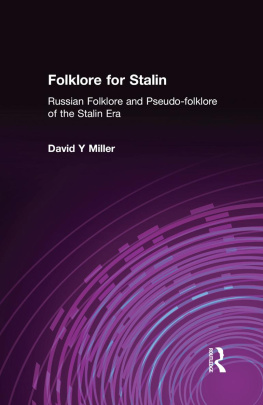
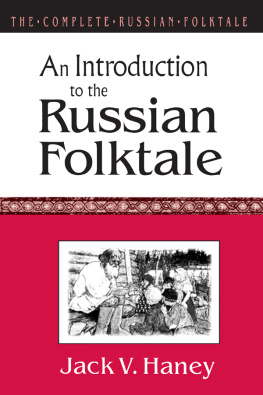
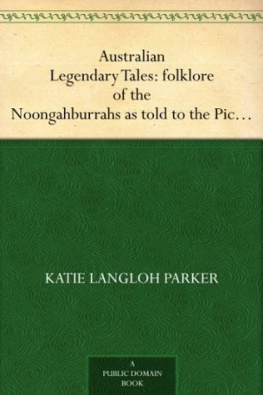

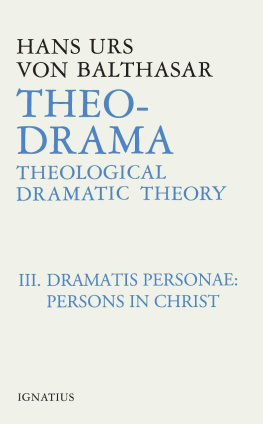
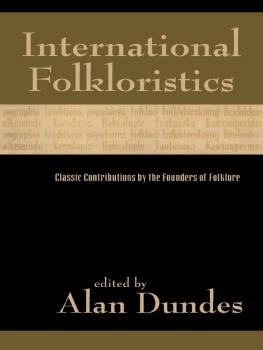
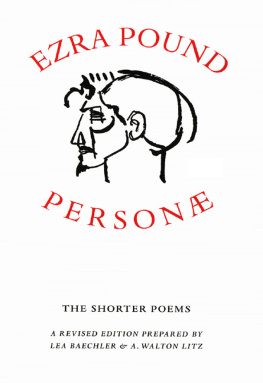

 The paper used in this book meets the minimum requirements of ANSI/NISO Z39.48-1992 (R1997) (Permanence of Paper).
The paper used in this book meets the minimum requirements of ANSI/NISO Z39.48-1992 (R1997) (Permanence of Paper).